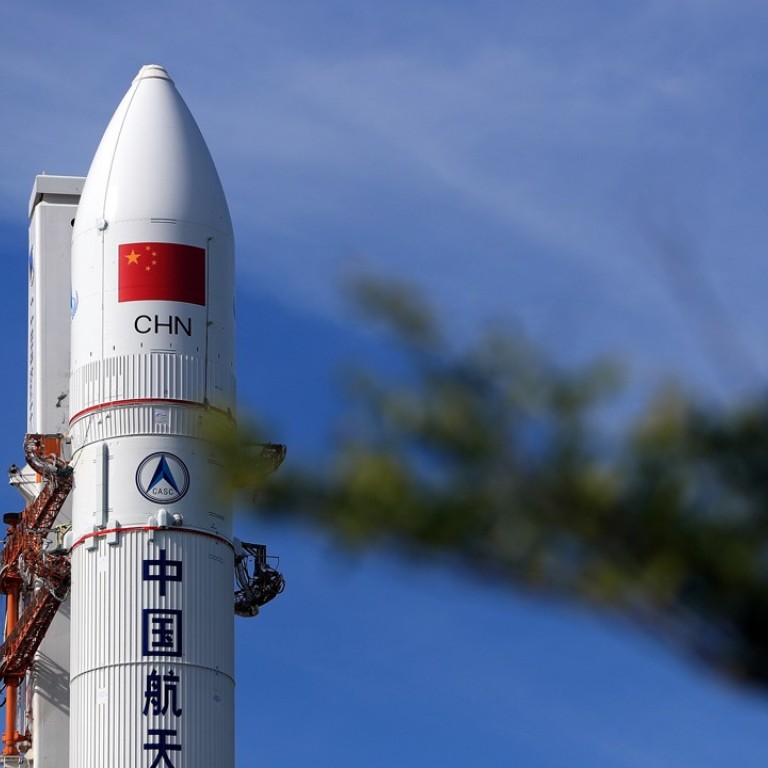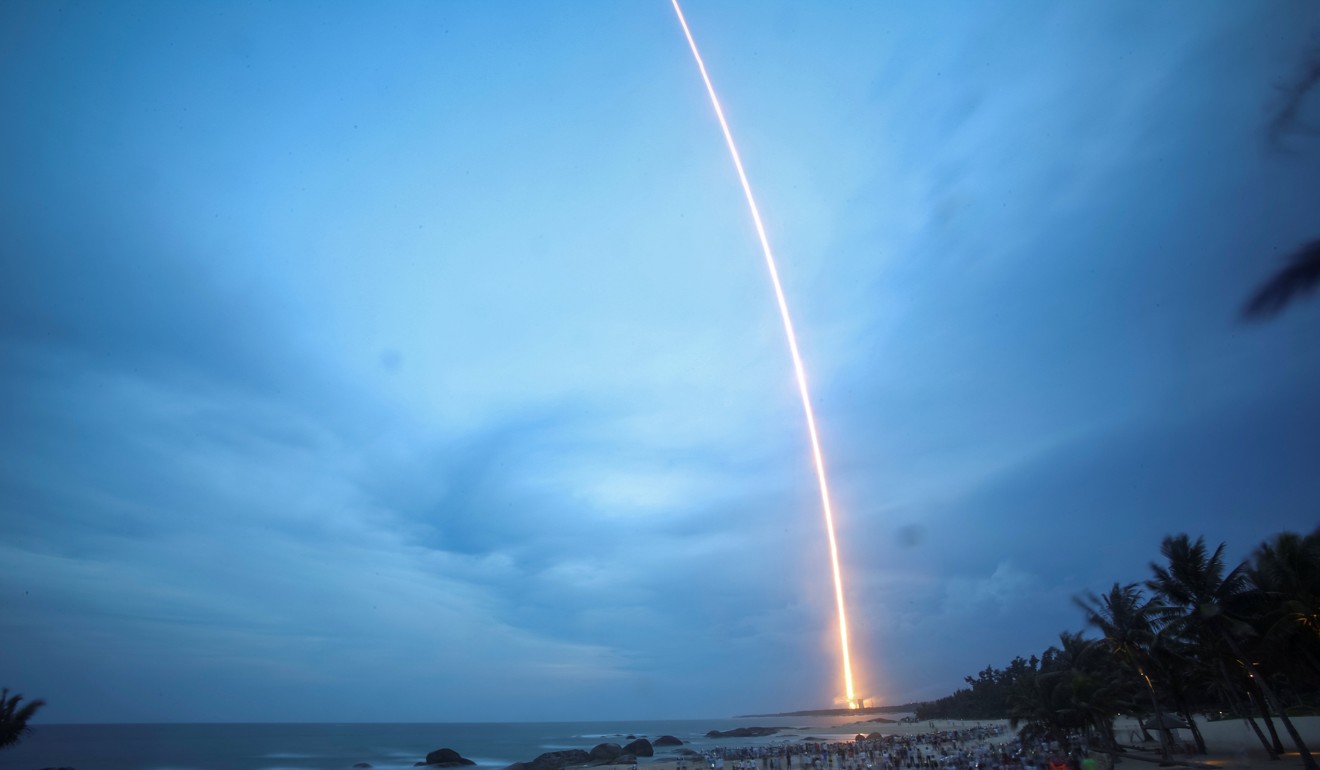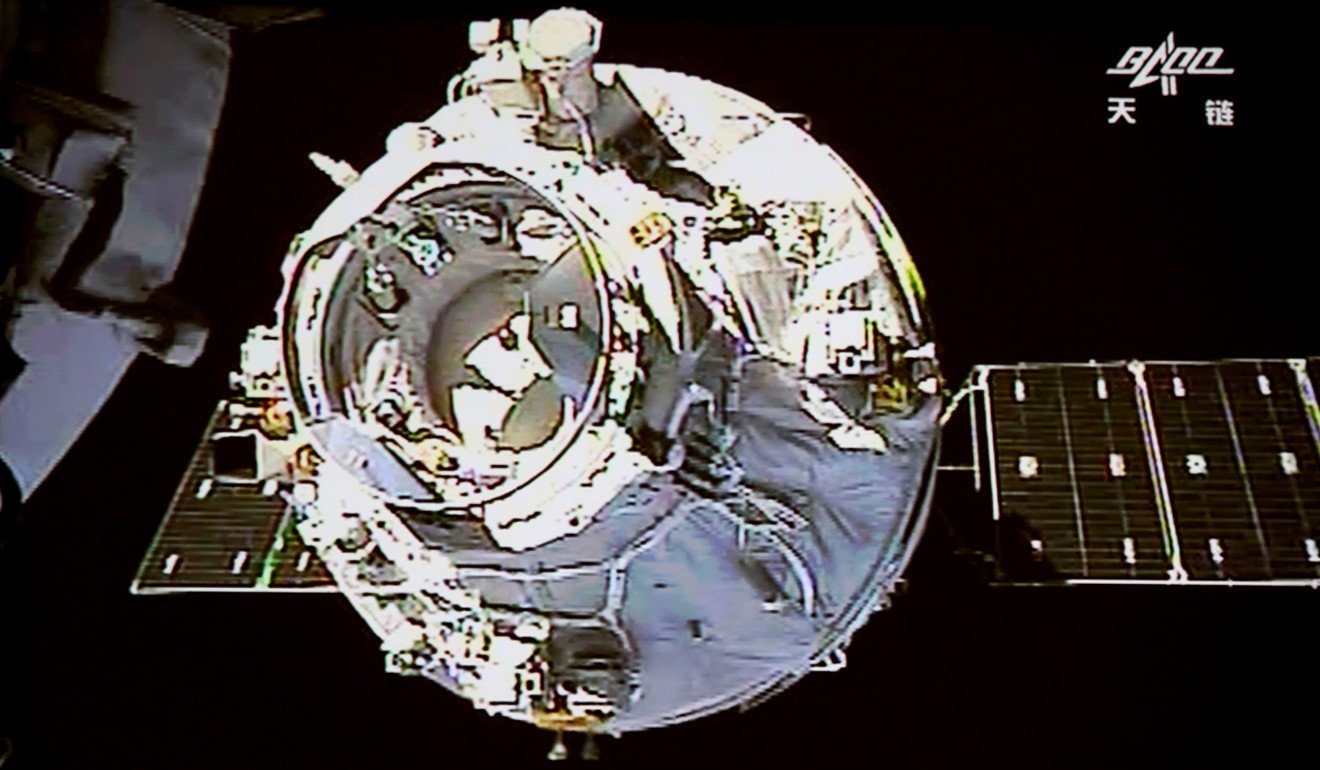
China’s moon programme takes a hit due to Long March rocket failure
Causes are still being investigated, but the second Long March mishap in two weeks was probably due more to bad luck than incompetence
The unsuccessful rocket launch on Sunday could affect future Chinese space programmes, according to experts.
Important projects including lunar exploration and space construction could be delayed, they said.
The Long March 5 Y2, or CZ-5, is the newest and largest member of China’s rocket fleet. It blasted off from Wenchang Space Launch Centre in southern China’s Hainan province carrying the Sijian-18, an experimental communications satellite and the heaviest China ever built, at 7.23pm.
An hour later, Chinese government declared the launch a failure.

Chinese space authorities said the reason was still under investigation. The flight command in Beijing made efforts to save the mission, including changing the flight path, before the satellite plunged in the Pacific Ocean.
It was China’s second launch mishap in less than two weeks. On June 19, a CZ-3 rocket launched from Xichang Satellite Launch Centre in Sichuan province failed to deliver a television broadcasting satellite into orbit.
China’s Long March rockets have been known for their reliability. Failures were rare, and two so close together is almost unprecedented.
“The two Chinese launch failures occurred with different rockets and were probably for different reasons. There is no connection between the two failures,” said Dr Morris Jones, a space expert based in Australia.
Jones said other nations had sometimes experienced similar clusters of failures.
“This is just bad luck,” he said.
The failure of CZ-5 would delay China’s lunar mission and possibly the Chinese space station, because both projects depended on heavy-lift vehicles, Jones said.

China planned to launch the Chang’e 5, a large unmanned spacecraft, to the moon by the end of this year. Its mission was to land a rover on the dark side of the moon and bring back rock and soil samples.
The mission would prepare China for more ambitious projects on the moon including landing humans and building a settlement, according to earlier state media reports.
“I do not believe that the Chang’e lunar sample return mission will launch this year, as originally planned,” said Dr Jones.
Professor Wang Jianyu, commander in chief of China’s quantum satellite project who was also involved in lunar exploration missions, agreed.
“Delays are possible. The rocket cannot fly until we find out the problem and solve it, and that will take time,” he said.

The CZ-5 is one of the world’s heaviest rocket in service today. Its design and construction is in many ways different to similar rockets in the West. For instance, its relatively small engines can generate greater thrust than some larger engines in Europe and Japan, but pushing their performance also incurs risk.
The first launch of CZ-5 was also conducted last year, in Hainan. The mission was successful, but nearly missed the launch window as a technical glitch caused an unexpected delay lasting hours.
“Innovation in science and technology often comes with failures. The investigation of this accident will be thorough and open,” Wang said.
China also plans to complete the construction of its first space station early next decade, aiming to replace the International Space Station after its retirement as the biggest man-made facility in space. The Chinese space station’s core module, scheduled to launch in 2019, requires the heavy-lift capability of CZ-5.
Chinese government also plans to use the CZ-5 to accelerate construction of Beidou, a global satellite navigation system pitched as China’s answer to the United States’ Global Positioning System, or GPS. As the CZ-5 can launch multiple Beidou satellites in one mission, it could have helped China’s plan to launch dozens more positioning satellites to establish global coverage by 2020.

